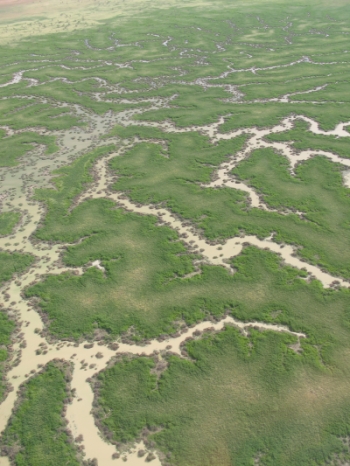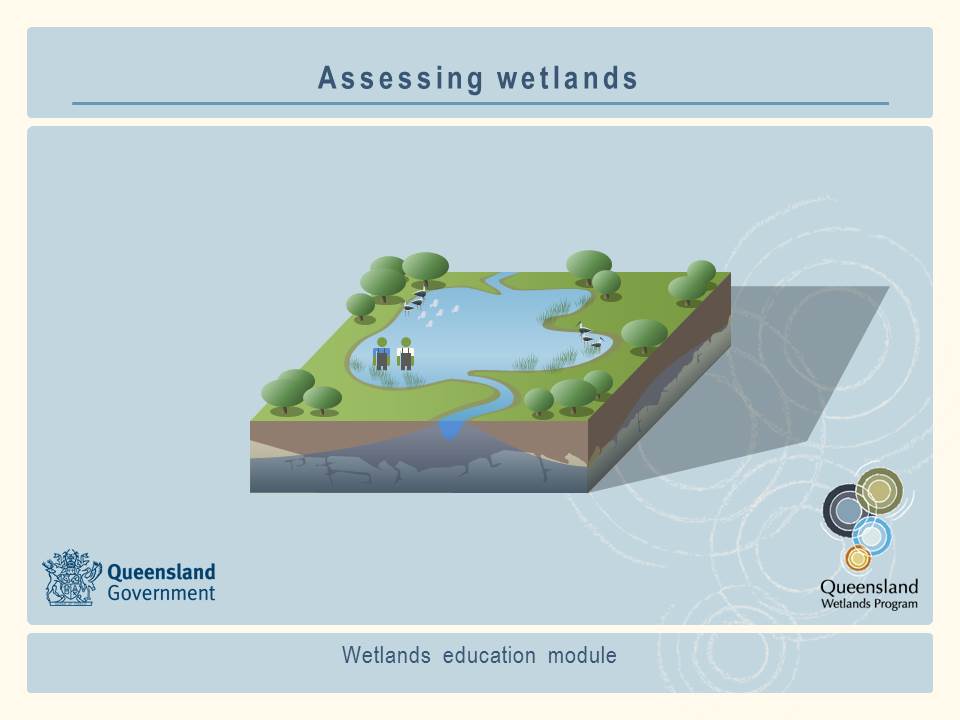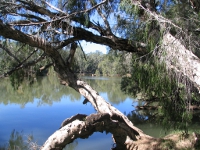|
|
Assessment, monitoring and inventoryTools for collecting wetland information, conducting assessments and gathering monitoring results are vital in the management of wetlands. Wetland inventories are the collection of standardised data about wetlands from available data sources or through surveys. Wetland assessments use data from wetland inventories - and analyse this data again criteria using specialised methodologies. Wetland monitoring involves measuring wetland indicators over time that are known to indicate change in extent, condition, features or values. There are hundreds of different assessment methods that can be used for different purposes. Careful consideration should be given to choosing the assessment method that is most suited to the study, as some methodologies may not provide the results required for the intended purpose.
Quick facts
Wetland assessment
There are many ecological, social and economic reasons for wetland assessment. Assessment methods should be specific and purpose driven. Scientists and resource managers rely on wetland assessments to guide decision making, increase community awareness and identify long-term trends in the condition of wetlands. Assessments may be undertaken to:
Find out more. Wetland on-line education modules A series of on-line education modules, including Assessing wetlands, has been prepared as a resource for people who want to learn more about wetlands. Users can download and use the contents of this education module to meet their learning and training needs. This information should be used in conjunction with information found on this website. Pages under this sectionReferences
Last updated: 8 February 2019 This page should be cited as: Department of Environment, Science and Innovation, Queensland (2019) Assessment, monitoring and inventory, WetlandInfo website, accessed 8 May 2025. Available at: https://wetlandinfo.des.qld.gov.au/wetlands/assessment/ |

 — Department of the Environment, Tourism, Science and Innovation
— Department of the Environment, Tourism, Science and Innovation


